What is the method for Java Springboot to integrate Alipay interface?
1. Create Alipay Sandbox
Jump to: Alipay Sandbox Platform
1. Enter the console

##2. Create a small program, write the name and bind the merchant

3. Return to the first page, Scroll down to enter the sandbox
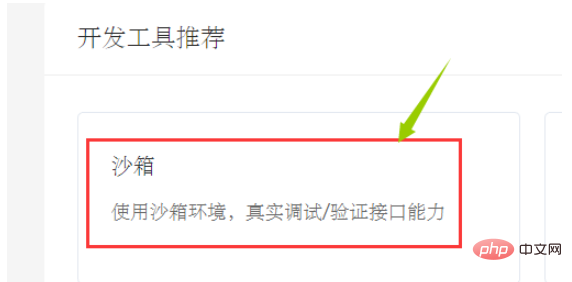
4. Perform relevant configurations and get the AppID, application public key, application private key, and Alipay public key
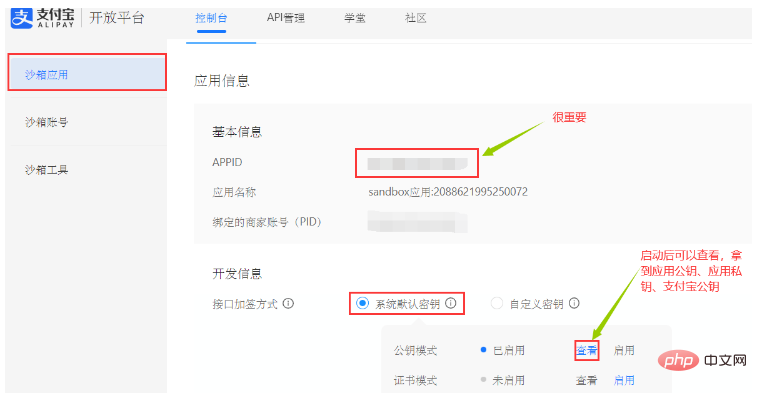
5. After entering the sandbox account, first recharge the virtual account with some money (merchant account and ordinary account)
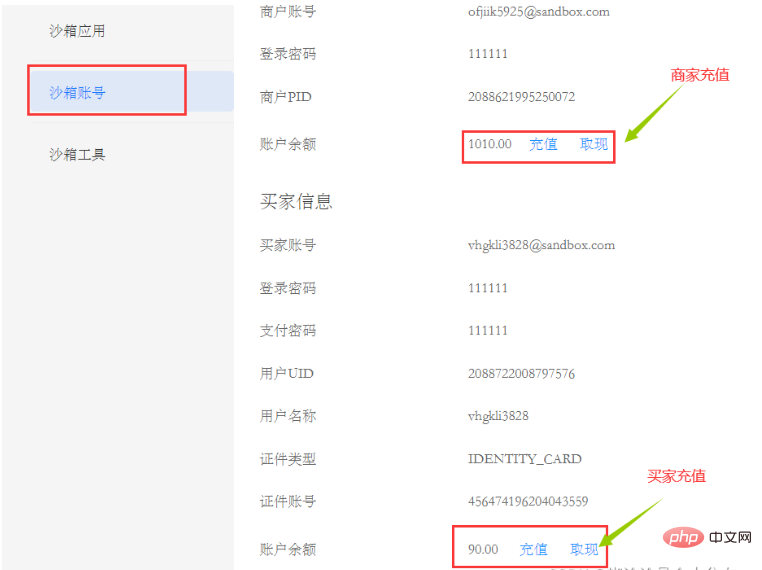
1. Register and log in
No display here2. Apply for a free tunnel
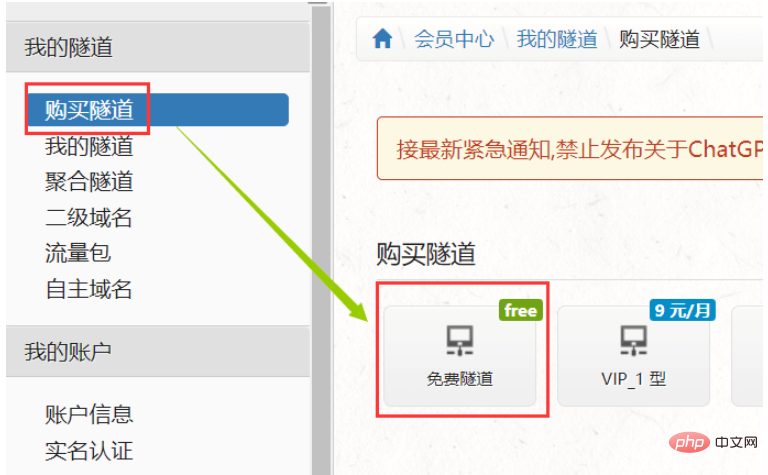
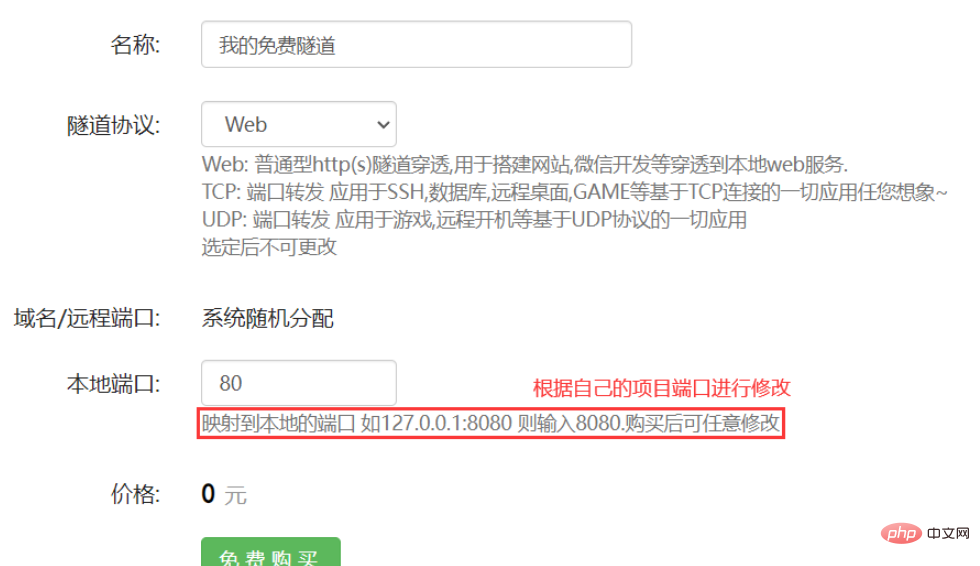
After downloading, extract it to a drive letter that does not require administrator rights, such as E drive


Copy:
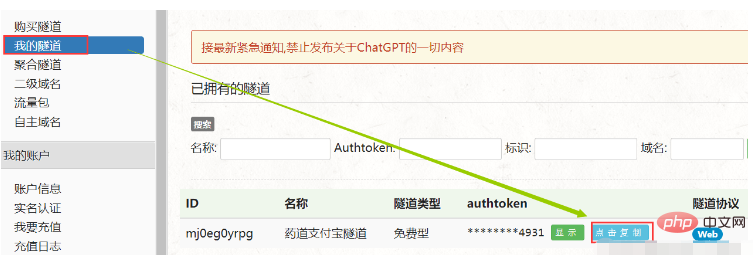 ##Modify:
##Modify:
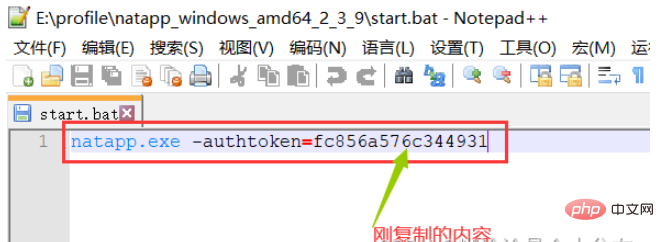 Run:
Run:
Modify start.txt to bat and run to get the URL
3. Write java program
1. Introduce dependencies
<!-- 阿里支付-->
<dependency>
<groupId>com.alipay.sdk</groupId>
<artifactId>alipay-sdk-java</artifactId>
<version>4.22.110.ALL</version>
</dependency>
<!-- 糊涂工具类-->
<dependency>
<groupId>cn.hutool</groupId>
<artifactId>hutool-all</artifactId>
<version>5.8.11</version>
</dependency>## 支付宝配置 alipay: appId: 2021000122615995 appPrivateKey: 这是在第一步中的应用私钥,在查看里面,特别长的一串 alipayPublicKey: 这是第一步中的支付宝公钥 notifyUrl: 这是第二步中运行start.bat后得到的网址 + /alipay/notify
@Data
public class AliPay {
private String traceNo; // 订单编号
private double totalAmount; // 总金额
private String subject; // 商品名称
private String alipayTraceNo;
}@Data
@Component
@ConfigurationProperties(prefix = "alipay")
public class AlipayConfig {
// 对应配置文件中的内容
private String appId;
private String appPrivateKey;
private String alipayPublicKey;
private String notifyUrl;
}@RestController
@RequestMapping("/alipay")
public class AliPayController {
private static final String GATEWAY_URL = "https://openapi.alipaydev.com/gateway.do";
private static final String FORMAT = "JSON";
private static final String CHARSET = "UTF-8";
//签名方式
private static final String SIGN_TYPE = "RSA2";
@Resource
private AlipayConfig aliPayConfig;
@GetMapping("/pay") // &subject=xxx&traceNo=xxx&totalAmount=xxx
public void pay(AliPay aliPay, HttpServletResponse httpResponse) throws Exception {
// 1. 创建Client,通用SDK提供的Client,负责调用支付宝的API
AlipayClient alipayClient = new DefaultAlipayClient(GATEWAY_URL, aliPayConfig.getAppId(),
aliPayConfig.getAppPrivateKey(), FORMAT, CHARSET, aliPayConfig.getAlipayPublicKey(), SIGN_TYPE);
// 2. 创建 Request并设置Request参数
AlipayTradePagePayRequest request = new AlipayTradePagePayRequest(); // 发送请求的 Request类
request.setNotifyUrl(aliPayConfig.getNotifyUrl());
JSONObject bizContent = new JSONObject();
bizContent.set("out_trade_no", aliPay.getTraceNo()); // 我们自己生成的订单编号
bizContent.set("total_amount", aliPay.getTotalAmount()); // 订单的总金额
bizContent.set("subject", aliPay.getSubject()); // 支付的名称
bizContent.set("product_code", "FAST_INSTANT_TRADE_PAY"); // 固定配置
request.setBizContent(bizContent.toString());
// 执行请求,拿到响应的结果,返回给浏览器
String form = "";
try {
form = alipayClient.pageExecute(request).getBody(); // 调用SDK生成表单
} catch (AlipayApiException e) {
e.printStackTrace();
}
httpResponse.setContentType("text/html;charset=" + CHARSET);
httpResponse.getWriter().write(form);// 直接将完整的表单html输出到页面
httpResponse.getWriter().flush();
httpResponse.getWriter().close();
}
@PostMapping("/notify") // 注意这里必须是POST接口
public String payNotify(HttpServletRequest request) throws Exception {
if (request.getParameter("trade_status").equals("TRADE_SUCCESS")) {
System.out.println("=========支付宝异步回调========");
Map<String, String> params = new HashMap<>();
Map<String, String[]> requestParams = request.getParameterMap();
for (String name : requestParams.keySet()) {
params.put(name, request.getParameter(name));
// System.out.println(name + " = " + request.getParameter(name));
}
String outTradeNo = params.get("out_trade_no");
String gmtPayment = params.get("gmt_payment");
String alipayTradeNo = params.get("trade_no");
String sign = params.get("sign");
String content = AlipaySignature.getSignCheckContentV1(params);
boolean checkSignature = AlipaySignature.rsa256CheckContent(content, sign, aliPayConfig.getAlipayPublicKey(), "UTF-8"); // 验证签名
// 支付宝验签
if (checkSignature) {
// 验签通过
System.out.println("交易名称: " + params.get("subject"));
System.out.println("交易状态: " + params.get("trade_status"));
System.out.println("支付宝交易凭证号: " + params.get("trade_no"));
System.out.println("商户订单号: " + params.get("out_trade_no"));
System.out.println("交易金额: " + params.get("total_amount"));
System.out.println("买家在支付宝唯一id: " + params.get("buyer_id"));
System.out.println("买家付款时间: " + params.get("gmt_payment"));
System.out.println("买家付款金额: " + params.get("buyer_pay_amount"));
}
}
return "success";
}
}The above is the detailed content of What is the method for Java Springboot to integrate Alipay interface?. For more information, please follow other related articles on the PHP Chinese website!

Hot AI Tools

Undresser.AI Undress
AI-powered app for creating realistic nude photos

AI Clothes Remover
Online AI tool for removing clothes from photos.

Undress AI Tool
Undress images for free

Clothoff.io
AI clothes remover

Video Face Swap
Swap faces in any video effortlessly with our completely free AI face swap tool!

Hot Article

Hot Tools

Notepad++7.3.1
Easy-to-use and free code editor

SublimeText3 Chinese version
Chinese version, very easy to use

Zend Studio 13.0.1
Powerful PHP integrated development environment

Dreamweaver CS6
Visual web development tools

SublimeText3 Mac version
God-level code editing software (SublimeText3)

Hot Topics
 1387
1387
 52
52
 Perfect Number in Java
Aug 30, 2024 pm 04:28 PM
Perfect Number in Java
Aug 30, 2024 pm 04:28 PM
Guide to Perfect Number in Java. Here we discuss the Definition, How to check Perfect number in Java?, examples with code implementation.
 Weka in Java
Aug 30, 2024 pm 04:28 PM
Weka in Java
Aug 30, 2024 pm 04:28 PM
Guide to Weka in Java. Here we discuss the Introduction, how to use weka java, the type of platform, and advantages with examples.
 Smith Number in Java
Aug 30, 2024 pm 04:28 PM
Smith Number in Java
Aug 30, 2024 pm 04:28 PM
Guide to Smith Number in Java. Here we discuss the Definition, How to check smith number in Java? example with code implementation.
 Java Spring Interview Questions
Aug 30, 2024 pm 04:29 PM
Java Spring Interview Questions
Aug 30, 2024 pm 04:29 PM
In this article, we have kept the most asked Java Spring Interview Questions with their detailed answers. So that you can crack the interview.
 Break or return from Java 8 stream forEach?
Feb 07, 2025 pm 12:09 PM
Break or return from Java 8 stream forEach?
Feb 07, 2025 pm 12:09 PM
Java 8 introduces the Stream API, providing a powerful and expressive way to process data collections. However, a common question when using Stream is: How to break or return from a forEach operation? Traditional loops allow for early interruption or return, but Stream's forEach method does not directly support this method. This article will explain the reasons and explore alternative methods for implementing premature termination in Stream processing systems. Further reading: Java Stream API improvements Understand Stream forEach The forEach method is a terminal operation that performs one operation on each element in the Stream. Its design intention is
 TimeStamp to Date in Java
Aug 30, 2024 pm 04:28 PM
TimeStamp to Date in Java
Aug 30, 2024 pm 04:28 PM
Guide to TimeStamp to Date in Java. Here we also discuss the introduction and how to convert timestamp to date in java along with examples.
 Java Program to Find the Volume of Capsule
Feb 07, 2025 am 11:37 AM
Java Program to Find the Volume of Capsule
Feb 07, 2025 am 11:37 AM
Capsules are three-dimensional geometric figures, composed of a cylinder and a hemisphere at both ends. The volume of the capsule can be calculated by adding the volume of the cylinder and the volume of the hemisphere at both ends. This tutorial will discuss how to calculate the volume of a given capsule in Java using different methods. Capsule volume formula The formula for capsule volume is as follows: Capsule volume = Cylindrical volume Volume Two hemisphere volume in, r: The radius of the hemisphere. h: The height of the cylinder (excluding the hemisphere). Example 1 enter Radius = 5 units Height = 10 units Output Volume = 1570.8 cubic units explain Calculate volume using formula: Volume = π × r2 × h (4
 Create the Future: Java Programming for Absolute Beginners
Oct 13, 2024 pm 01:32 PM
Create the Future: Java Programming for Absolute Beginners
Oct 13, 2024 pm 01:32 PM
Java is a popular programming language that can be learned by both beginners and experienced developers. This tutorial starts with basic concepts and progresses through advanced topics. After installing the Java Development Kit, you can practice programming by creating a simple "Hello, World!" program. After you understand the code, use the command prompt to compile and run the program, and "Hello, World!" will be output on the console. Learning Java starts your programming journey, and as your mastery deepens, you can create more complex applications.




